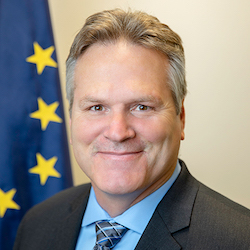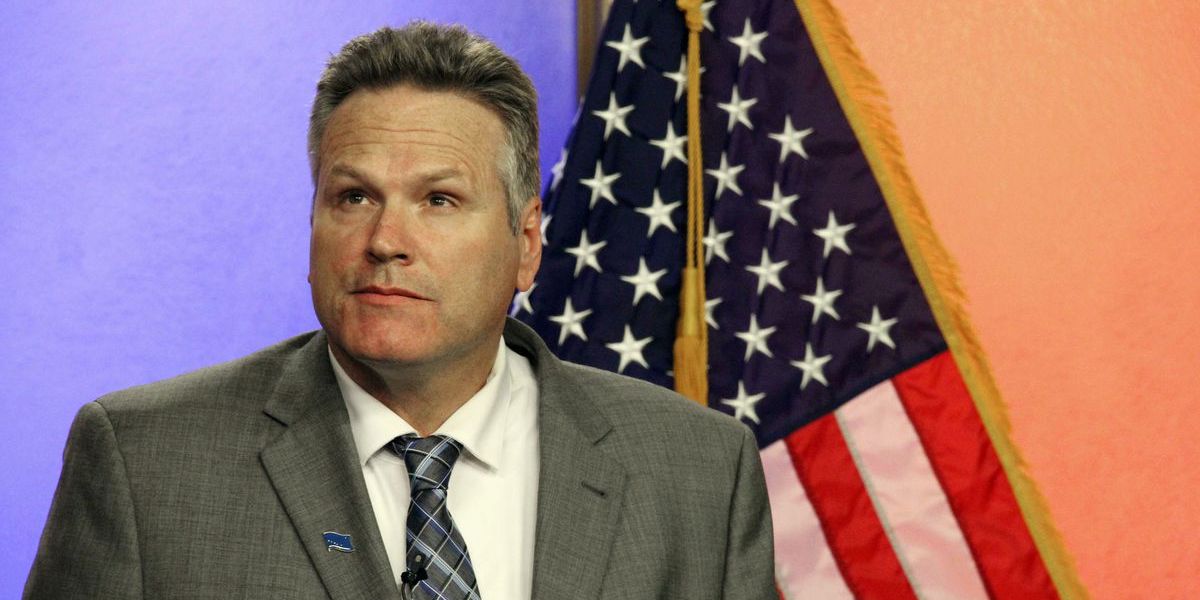
Washington, D.C., April 2 – While nationally 111,804 jobs were gained by people with disabilities, 275 people with disabilities in Alaska exited the workforce last year. Alaska now ranks 12th in the nation for employment rates of people with disabilities with 23,815 of the 53,087 working-age (18-64) Alaskans with disabilities having jobs. The newly published 2018 Annual Disability Statistics Compendium shows Alaska has a 44.9 disability employment rate. Said Jennifer Laszlo Mizrahi, president of RespectAbility, “After strong job growth for people with disabilities in Alaska, this is a very troubling development. People with disabilities want the income and dignity of work, just like anyone else.”
Before Governor Bill Walker left office early 2019, he demonstrated his state’s commitment to jobs for people with disabilities in a proclamation released in October to celebrate National Disability Employment Awareness Month. In his proclamation he wrote that “the State of Alaska celebrates and recognizes the talents of individuals with disabilities in the workplace and promotes raising awareness about disability employment opportunities as well as challenges.”
Shortly after taking office, newly elected Governor Mike Dunleavy echoed his predecessor’s sentiment when he declared March to be Developmental Disability Awareness Month. In his own proclamation, Gov. Dunleavy said that “Alaskans share a vision of a flexible system in which each person directs their own supports, based on their strengths and abilities, toward a meaningful life in their home, their job, and their community.”
Further analysis by RespectAbility, a national, nonpartisan disability organization, shows that the Last Frontier faces serious challenges making such sentiments a reality. In the last year alone, Alaska dropped from 4th in the Nation in terms of jobs for people with disabilities to 12th as other states have rapidly expanded their economies. Alaska and Gov. Dunleavy face serious challenges in terms of tight budgets and growing deficits.
Knowing what to do when your job termination isn’t right is important because it can help you take action to protect your rights and seek fair treatment with the help of an employment lawyer.
One point of hope, and a major legacy left by former Gov. Bill Walker, is the fact that Alaska has now banned companies from being able to pay employees with disabilities below the minimum wage. In a press release that accompanied the change, the Alaska Department of Labor and Workforce Development said that “Historically, minimum wage exemptions were considered necessary to help people with disabilities gain employment.” They went on to add that “Experience over the past two decades has shown that workers with disabilities can succeed in jobs earning minimum wage or more.” Employees with disabilities have proven to demonstrate productivity in the workplace when given the appropriate reasonable accommodations to meet their needs.
“Our nation was founded on the principle that anyone who works hard should be able to get ahead in life,” said Hon. Steve Bartlett, current Chairman of RespectAbility, who co-authored the Americans with Disabilities Act when he was in Congress. “People with disabilities deserve the opportunity to earn an income and achieve independence, just like anyone else.”
A National Issue
Beyond Alaska, how is the workforce changing for people with disabilities? What is driving these changes? The answer is simple. According to Vincenzo Piscopo of the Coca-Cola Company: “People with disabilities bring a unique skill set that it is very valuable for companies.” He went on to add, “As it relates to employment and competitiveness in the workplace, we have to stop thinking of disability as a liability and start thinking of it as an asset.”
Brand-name companies such as JP Morgan Chase, Coca-Cola, Ernst & Young, IBM, Walgreens, Starbucks, CVS and Microsoft show people with disabilities are successful employees. These companies also know that these workers improve the bottom line. “People with disabilities bring unique characteristics and talents to the workplace,” said RespectAbility President Jennifer Laszlo Mizrahi. “Hiring people with disabilities is win-win-win for employers, people with disabilities and consumers alike.”
As more companies hire employees with disabilities, conversations are shifting to focus on inclusion. “Disability inclusion is no longer about automatic doors, curb cuts, ramps, and legislation,” says Jim Sinocchi, Head of the Office of Disability Inclusion at JP Morgan Chase. “Today, the new era of disability inclusion is about “assimilation” – hiring professionals with disabilities into the robust culture of the firm.”
According to the Census Bureau, there are more than 56 million Americans living with a disability. Disabilities include visible conditions such as spinal cord injuries, visual impairments or hearing loss and invisible disabilities such as learning disabilities, mental health or Autism.
An Election Issue
Voter research, conducted by RespectAbility, shows how disability issues connect to all aspects of American life. “Fully three-quarters of likely voters either have a disability themselves or have a family member or a close friend with disabilities,” said former Representative and Dallas Mayor Steve Bartlett. “People with disabilities are politically active swing voters, and candidates should take note of the important issues they care about.”
As 2019 moves into 2020 and the political campaign season heats up, continuing job growth for people with disabilities will be a crucial indicator of the health of the American economy.

Be First to Comment